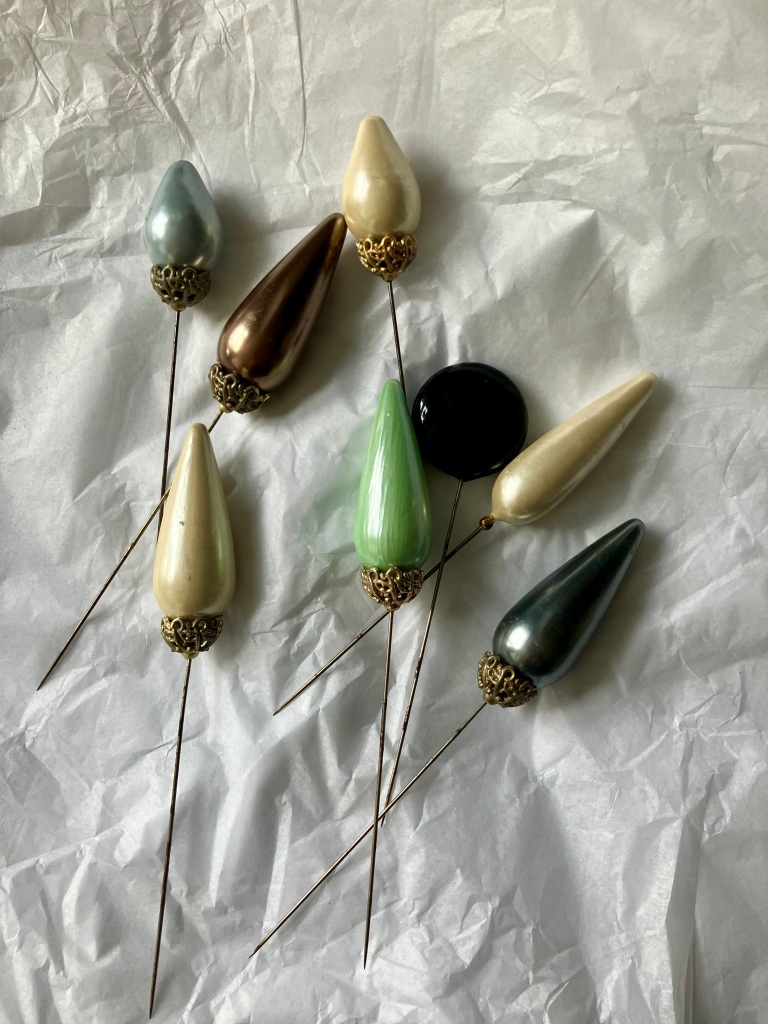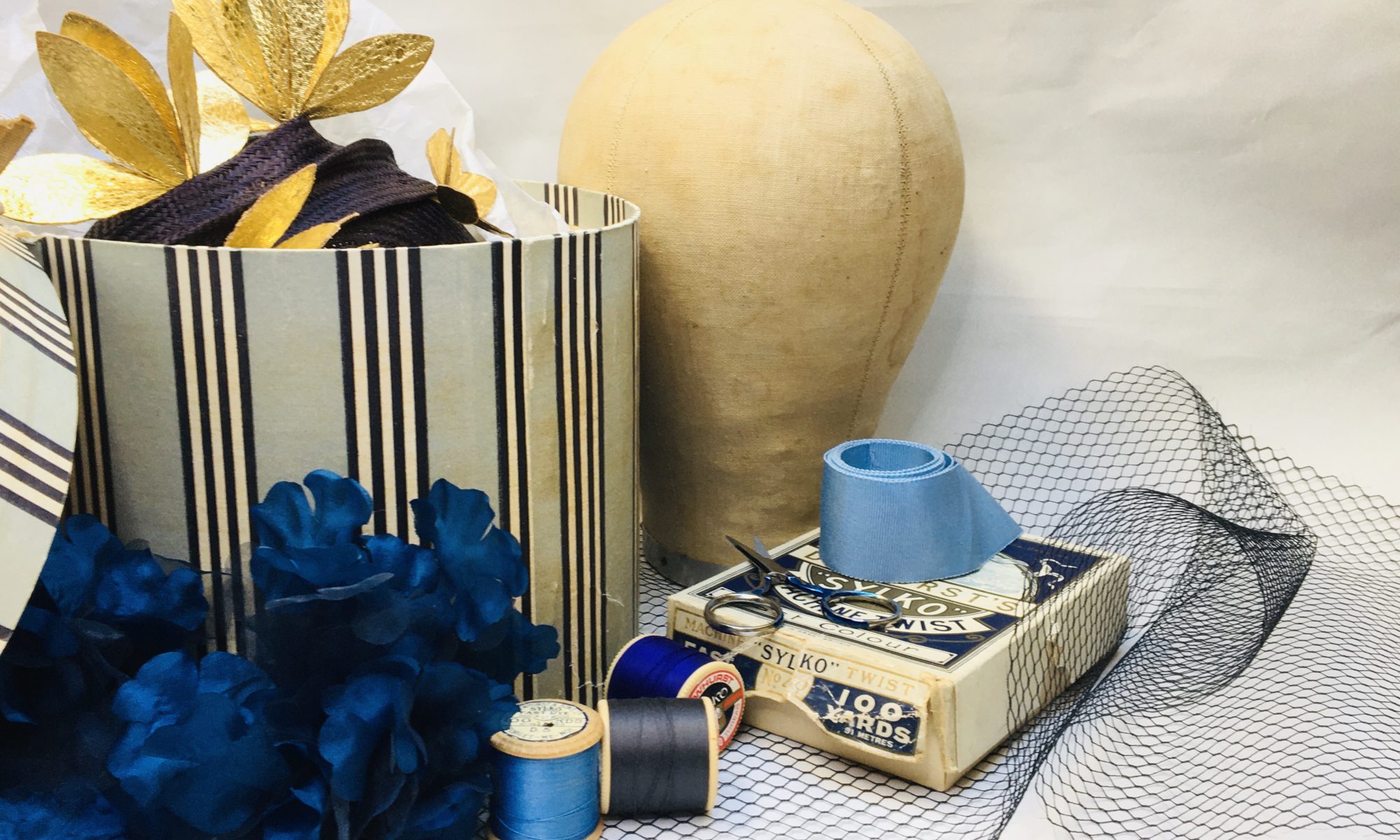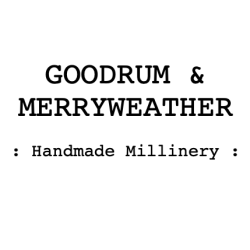
I come from a long line of writers and authors, and have always been encouraged to produce stories and words. I’m also a proud ‘south paw’ and like to think I have rather pleasing penmanship [sic], especially as a left-hander. I’ve always enjoyed the act of writing, too: forming letters on the page; the feel of nib on velum (okay, biro on file paper); even, the typing of font on keyboard. I hold, dear reader, the dizzying ‘Stage 1’ typing qualification – with distinction – awarded by the Royal Secretarial College (RSA), circa 1992.
As a career academic, I’m also reasonably ‘well published’ (as we professors tend to say, or claim, at least). I published my first 80k-word book with Bloomsbury in 2005, The National Fabric, and have since produced (churned out) many a journal article and book chapter as an occupational requirement bound up with a personal passion. I’ve also had the opportunity to get involved with editorial, commissioning, and review work, sitting on the Boards of several academic journals published by Intellect, Taylor & Francis and Emerald and Chairing the Lord Aberdare annual book award. Heck, I even won ‘Outstanding Reviewer 2008’ in the Literati Awards (yes, that’s a thing).
It’s not often I assemble, as above, my word-y activities in one place. It’s a good reminder that so much of my life has involved, even been dedicated to, the written word. Only last month, I delivered a workshop for colleagues at the Art School on ‘First Steps In Publishing’. That proved an enjoyable mentoring opportunity to share my experiences of a world with which I am familiar and that others find daunting. My advice? There are few tricks or short cuts. The secret is to sit down, shut up, and write something.
The point I’m labouring to get to is that recent weeks have brought forth a literary-millinery alliance. Bournemouth (a resort and retirement hot spot on the South Coast) has an annual writing festival and, by chance, I stumbled on one of its competitions: a 200 word piece of flash fiction on any hat-related theme. Now, that is my bivouac!
My 193-word submission is reproduced below. Fictional, although loosely based on historical precedents, it proved, unfortunately, not to be a prize winning piece. I’ll let you judge for yourself.
Mrs Holroyd’s Hatpin
It was a bitterly cold morning in early Spring when Clara Constance Holroyd entered the dock at Bournemouth’s Courts of Justice. Clara’s case had drawn an unusually large crowd to the public gallery, hungry for lurid details of her recent arrest. The onlookers were anticipating a bit of a show. Clara was among the more outspoken members of the local branch of Pankhurst’s WSPU; one of those misguided and wholly reprehensible Suffragettes.
“Mrs Holroyd” said the presiding judge in measured tones, as if addressing a persistently ill-behaved child, “are you aware of the gravity of your actions?” He continued, “you are charged with disorderly conduct, with attempted assault of a police constable and with possession of a weapon”. At that, he gestured towards Clara’s favourite hatpin – a thirtieth birthday gift from her godmother – which now bore a cheap cardboard luggage tag marked ‘Exhibit A’.
“Do you have anything to say in your defence, Mrs Holroyd?”
There was an expectant hush as Clara held the man’s gaze with steely assuredness, jutting her chin. “VOTES FOR WOMEN!” Her voice rang out across the courtroom, a clear, strong, urgent, clarion call. “VOTES FOR WOMEN!”




